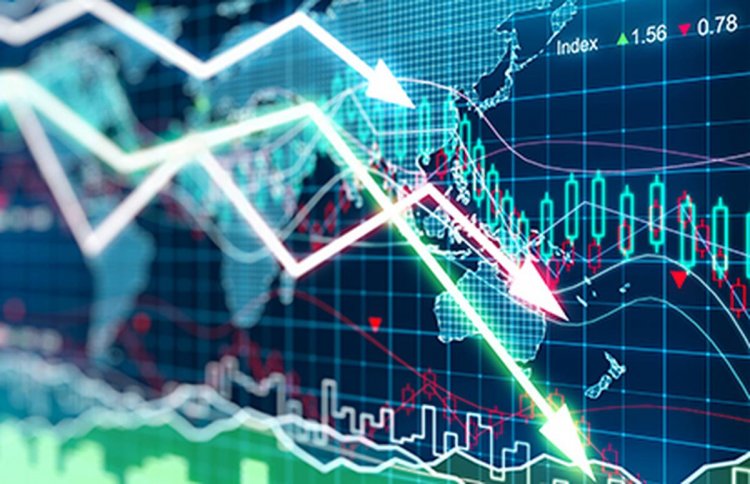6.5% Growth Over Next 10 Years Possible
STORIES, ANALYSES, EXPERT VIEWS

Realistic projections of economic growth likely in the current fiscal year, writers T N Ninan (Chair-man, Business Standard) “are important for anchoring the Budget, due to be presented in less than four weeks. This is particularly so because past forecasts, especially by government spokespersons, have been over the top….
Hitting the $5-trillion mark: “Then there is this business of forecasting when the Indian economy will hit the $5-trillion mark — for which the target year has shifted from 2022-23 to 2024-25, and now to 2026-27. Even accounting for the two years of Covid-caused setback, such shifting of goal-posts should raise questions about the seriousness of the forecasting.
“Still, the latest target date has been endorsed by the International Monetary Fund (IMF), which in October put out a figure of $4.95 trillion for 2026-27, from $3.47 trillion for this fiscal year.”
This, argues Ninan “should not be taken to mean 42 per cent growth in the intervening four years because the numbers are in current dollars, including inflation. US inflation in 2022 was 7 per cent, despite which the rupee depreciated 11 per cent against the US currency. Thus, while real economic growth this year may be sub-7 per cent, nominal growth in rupees may be 14-15 per cent, while nominal dollar growth estimated by the IMF in October was 9 per cent.
“If one is to go for dollar benchmarks, better to target the per capita income level that would move India from the lower-middle to the upper-middle income category (about $4,000).”
The current chief economic advisor’s expectation of a sustained 6.5 per cent growth rate for the rest of the decade, says Nina “is entirely realistic, as the economy had already been on a 6.5 per cent growth track for the 28 years starting with 1992-93 and until 2019-20, at the tail-end of which the pandemic hit.”
If the economy is unable to accelerate, “it is because of the drop in the savings and investment rates from their peaks, and two other constraints — a much higher public debt-GDP ratio and a much lower worker-population ratio. Without these developments, annual economic growth could have crossed 7 per cent on a sustained basis.”
Global recession and other concerns
Stating that policy can make a difference, Ninan points out the “employment and education are constraints, given the low knowledge and skill levels compared to competing countries like Vi-etnam. Those countries are also more open to becoming part of international value chains, with low-er tariffs and a better business environment, whereas India has been raising tariff walls and abstain-ing from regional trade arrangements. Greater dependence on domestic sources of growth will deny the country the momentum that comes from accessing international markets.”
Looming recession: Other analysts agree the looming recession in the global economy will drag down exports in spite of the free trade agreements signed or in the making.
Energy bill: “Indian economy and exports will be moderately impacted by weak global demand and recession in large economies. Planners should aim to cut the energy import bill to improve BoP,” Ajay Srivastava, the co-founder of economic think tank GTRI, said.
As much as 40 per cent of India’s goods import bill of $270 billion in 2022 comprise crude oil and coal.
High oil and gas prices will affect most countries including India. The country’s growth is best sus-tained when oil price is around $75 per barrel, Srivastava said.
“The forecast for 2023 is not encouraging particularly as a sizeable number of countries are either in the recession or on the brink of it. The oil and energy prices will determine the course of global trade,” Ajay Sahai, director-general and CEO of the Federation of Indian Exports Organisation.
Sahai said the liquidity challenges and cost of credit are the two key concerns.
















